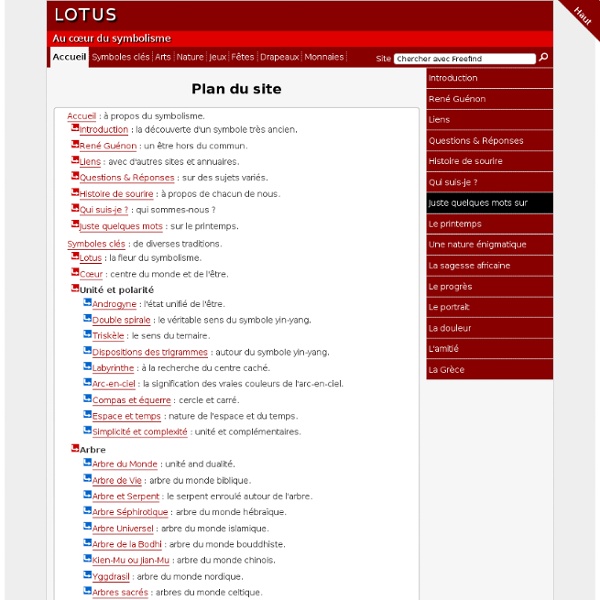



Text Symbols (and special characters) Alchimie Astrologie Statistiques Musique Echecs Symbolic Meanings Blog by Avia Venefica » Blog Archive » By Any Other Name, It’s Still Symbolic. Meaning of the Rose Symbolic Rose Meanings The symbolic meaning of the rose is known by almost everyone on some level – otherwise it wouldn’t be the most popularly sent flower on Valentine’s Day (I know, I’m 2 weeks too late here). The rose is associated with Aphrodite (Greek) goddess of love who was often depicted adorned with roses around her head, feet and or neck. In myth we track down this association when we discover that a rose bush grew within the pool of blood spilled from Aphrodite’s slain lover (Adonis). We can interpret the symbolism here several ways. The most common interpretation is that the rose symbolizes an immortal love or a union that will never fade – even through time or death. Similarly in Christian lore, a rose bush was said to have grown at the site of Christ’s death. In addition to being a symbol of love, the rose is also representative of secrets or tacit understanding. Click here for more symbolic meaning of the rose, and other flowers Are you interested in tattoos?
• L’astrologie gratuite et sans pub • A2L ASTROLOGIE • A Visual Glossary of Symbols Symboles du Dagda Des textes de l'étude mythologique du Dagda et du dessin du relief de côte j'ai tiré une liste de symboles. Bélier, Bipène, Boiteux, Calebasse, Chaudron, Enclume, Forgeron, Foudre, Fourneau, Hache, Marteau, Oie, Roue, Tonnerre Nous allons dans un premier temps lister les symboles où se trouvent le mot bélier et relèverons la phrase ou le paragraphe correspondant. Ensuite dans le texte des symboles listés ci-dessus nous surlignerons les phrases ou paragraphes importants. Symboles où le mot bélier est présent :Cerf : Chez les anciens Hébreux, le mot cerf, ‘ayyâl, dérive du terme ‘ayîl signifiant bélier ; le cerf est souvent considéré comme une sorte de grand bélier ou plutôt de bouc sauvage, d’où les diverses traductions de la Vulgate. Corne : La corne a le sens d'éminence, d'élévation. Les cornes de Bélier, note Guénon, sont de caractère solaire. Glouton : . Rouge : Ce rouge, on le voit, est matriciel. On pourrait multiplier à l’infini les exemples.
Archetypes & Symbols Archetypes are visual symbols or energetic imprints that exist in our psyches. Some are readily understood while others bring subliminal messages that are there to help you trigger your memory of why you are here and the truth behind the illusion of reality. Archetypes can often convey messages that verbal and written information cannot. Archetypes are found everywhere, as their symbols are a language of the mind, taken to different frequencies of thought and connected to each other by the collective unconsciousness. The term Archetype began with Carl Jung. Master or Universal archetypes are created by the patterns of Sacred Geometry. Archetypes and Symbols 12 Around 1 Alchemy Wheel of Time, Karma, Synchronicity, Creation Spirals, clockwise or counter-clockwise, Sacred Geometry Golden Mean, Phi Ratio, Movement of Consciousness Black Feathered Sun Eclipse of light and consciousness, at the end of time. Hoag's Galaxy The Eye Creation, Sacred Geometry Alchemy Amphibious Gods Zero Point Merge Time
Les voyages d'Ulysse dans l'Odyssée d'Homère, parcours de la roue zodiacale - Jean RIGAUD The Fine Art of Italian Hand Gestures: A Vintage Visual Dictionary by Bruno Munari by Maria Popova A pocket guide to Neapolitan nonverbal communication. Somewhere between his seminal manifestos on design as art and his timelessly delightful children’s books, legendary Italian artist and graphic designer Bruno Munari made time for a number of idiosyncratic side projects. In the short preface, Munari notes the globalization of nonverbal vernacular, as Neapolitan gestures begin being recognized worldwide and American imports like “OK” permeate Italian culture, then promises: We have collected a good many gestures, leaving aside vulgar ones, in order to give an idea of their meaning to foreigners visiting Italy and as a supplement to an Italian dictionary. Old Neapolitan gestures, from left to right: money, past times, affirmation, stupid, good, wait a moment, to walk backward, to steal, horns, to ask for. Another illustrated page of the book of Canon Andrea de Jorio. Gestures of drinking and eating (from an old Neapolitan print) 'You make a mockery of the 'madam'!'